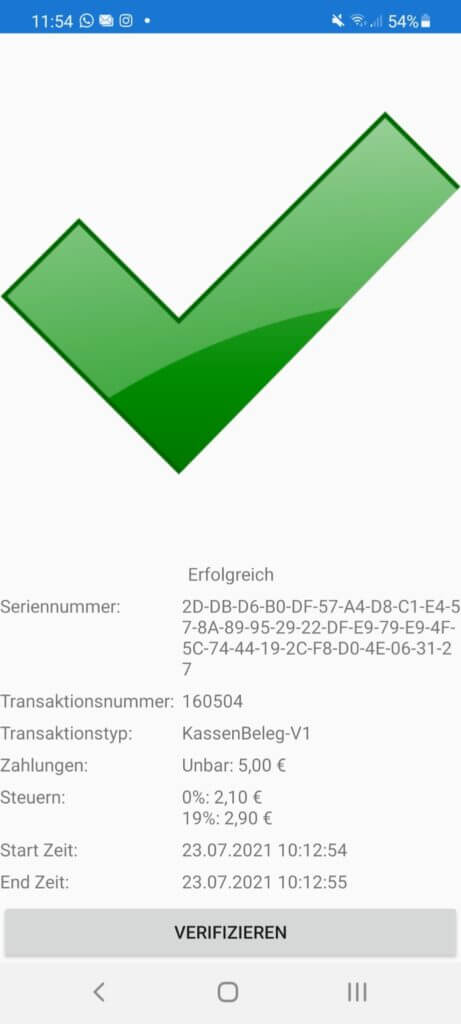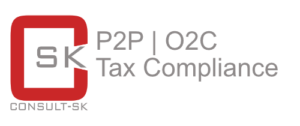
Guest article by Dr. Mirco Till
CEO Amadeus360
After two years of pandemic, they seem like greetings from another life: The complaints about the receipt requirement. It's hard to believe that the "receipt to the moon" 2020 initially seemed to become the biggest excitement of the year. But then everything turned out differently.
Suddenly, the receipt queues were massively shortened, and not because of a change in the KassenSichVbut because the stores had to close completely. What some people seem to forget in all the hustle and bustle is that the KassenSichV is still valid and, despite one or two exceptions, now also applies to all electronic cash registers.
Follow the wise rabbit
"I have been dealing with cash register laws since 2016 and repeatedly experience catastrophic misinterpretations - even by self-proclaimed experts. The current classic: the exemption until the end of 2022 for cash registers that are "not upgradeable by design" is reinterpreted as requiring software updates. However, design-related means that the cash register can be upgraded on the hardware side (e.g. with a USB or SD card slot) and is still not older than 10 years. These cash registers practically don't exist," clarifies Dr. Mirco Till.
Conversely, virtually all electronic cash registers are now subject to the following rules:
Trinity
- Technical safety device
Obligation to use a certified TSE for electronic recording systems (146a AO in conjunction with the KassenSichV)
- Receipt obligation / Receipt issue obligation
Obligation to hand over receipts directly to the parties involved for all business transactions (146a AO KassenSichV)
- Data transfer
Obligation to provide data for external audits or cash register inspections via the standardized integration and export interface and DSFinV-K (§4 KassenSichV)
Something is still missing? The Cash register reporting obligation in accordance with Section 146a (4) sentences 1 and 2 AO is currently still suspended due to the lack of an official notification procedure, but will also become legally binding in the foreseeable future.
Bon duty can not live without TSE
At first glance, receipt requirements and certified technical security equipment appear to be over-engineered. In fact, however, only both regulations together effectively protect against fraud:
Without a receipt, there is no proof for the auditor (without interrupting operations) that the cash register was actually used and that the transaction was completed. In the past, fraud cases have repeatedly been uncovered in which companies have lived in one world and faked another with the help of a second cash register, for example.
On the other hand, without TSE, the correct cash register could be used, but something completely different could appear on the receipt than was actually entered in the cash register.
Ah, déjà vu!
Together, the two mechanisms result in a true innovation: rapid cash auditing in three minutes.
The tester makes a test purchase without identifying himself. Important: The tester should now absolutely unasked the Receipt be handed over. Otherwise, the pleasant nature of the cash audit is over before it has really begun.
In addition to the classic transaction data, which is now subject to more rules, the receipt also shows a few new mandatory details such as the Test value (generated by the TSE).
In addition, ideally there is a QR code on the receipt, which contains all the mandatory information (such as the inspection value or the serial number of the TSE). Auditors can decode this code using the new uniform verification tool AmadeusVerify as an app on a cell phone or laptop.
If the check of the technical framework is successful, a clear visual signal appears immediately: a large green tick. Then the inspector only has to press the quick Visual comparison by comparing the transaction data from the TSE - now visible in the AmadeusVerify app - and the transaction data from the POS - visible on the receipt. If there is a match Fast cash audit survived!
However, if the receipt check could not provide clear results, the auditor still has a second somewhat more detailed check variant: The check of the exports from cash register and TSE. Again, both sources must be structured and saved differently, but must nevertheless show the same business transactions (articles, totals, tax containers...). Both exports are handed over to the auditor by the auditee. He does not access them himself!
From the cash register comes the export via the standardized DSFinV-K interfacefor which it is precisely defined which data must be exported and in what form. How this POS system behind it does not matter as long as the export enables automated verification. For this reason, it is not the POS systems themselves that are standardized, but only the interface that generates the exports so that they correspond to a prescribed form. The export contains the entire period to be examined in a zip archive.
For the TSE, the export consists of the "backup" that is ideally saved regularly anyway, or an extract from the TSE triggered on request via the POS server. Here, too, the result is an archive that covers the entire period: the TAR files.
The auditor simply uploads both archives to the desktop version of the AmadeusVerify auditing program. Immediately, the automatic check begins, which reports back either green check marks for "Everything is correct", yellow warnings for "Slight deviations" or red "Error messages" for more serious violations. If the check result is not clear, the auditor can move to an operational check.
You want to play it safe and try out the cash audit for yourself in advance? A freely available version of the official testing program can be purchased through Gastro-MIS. Click here for AmadeusVerify.






